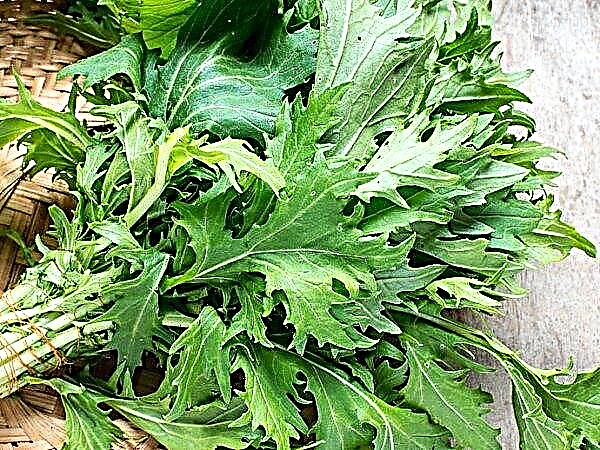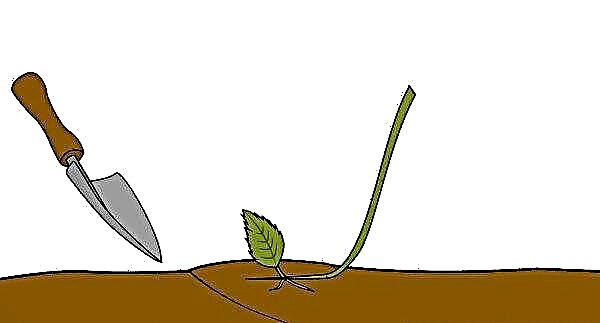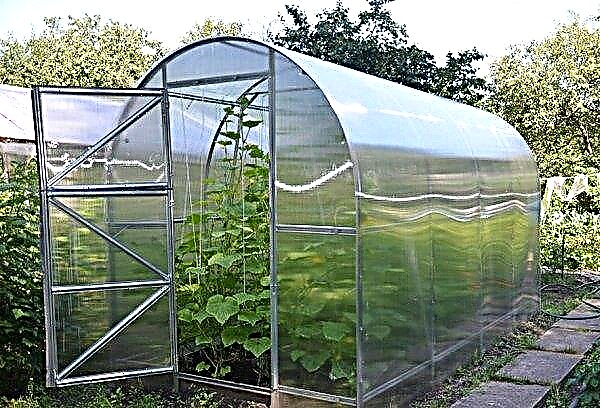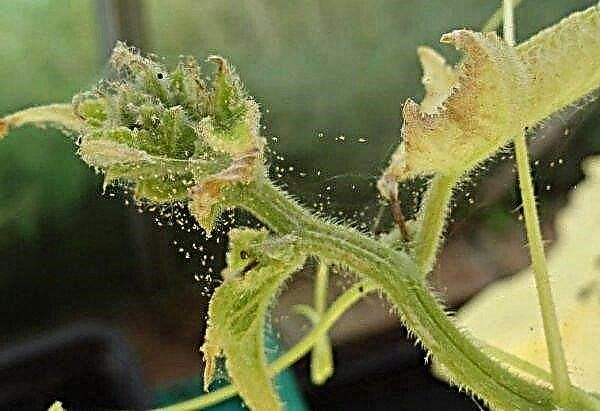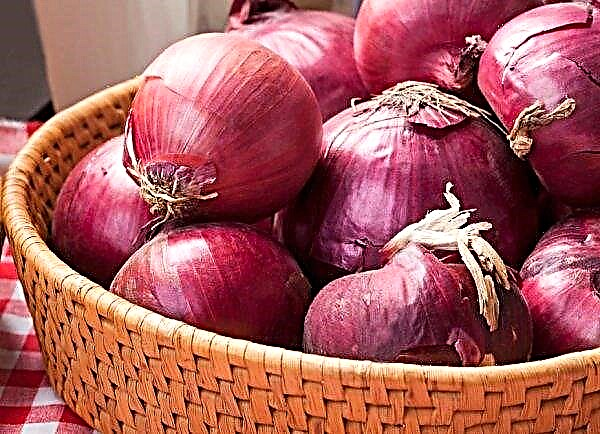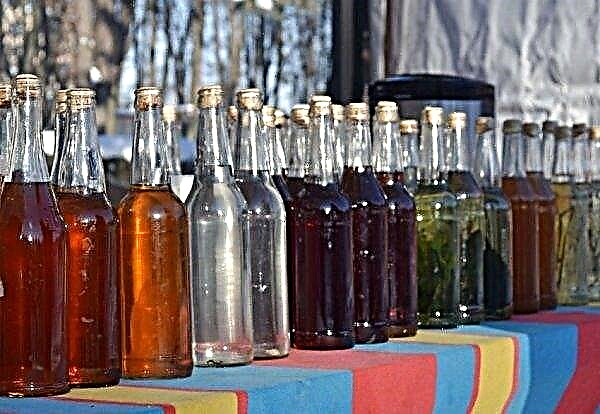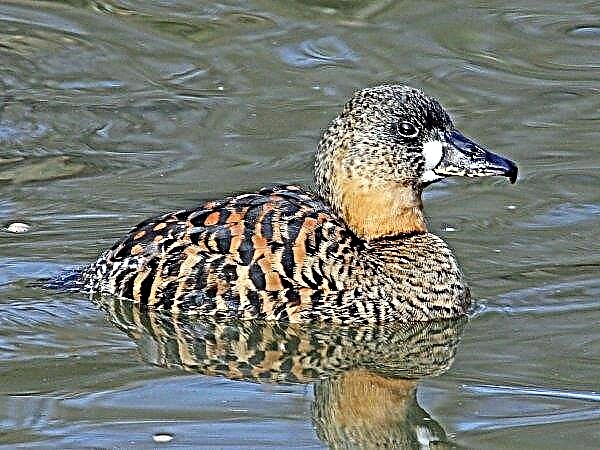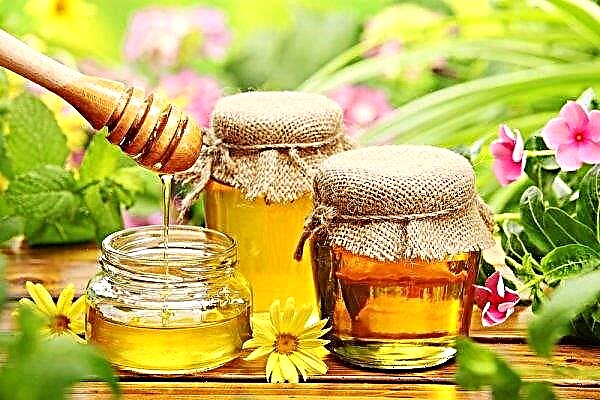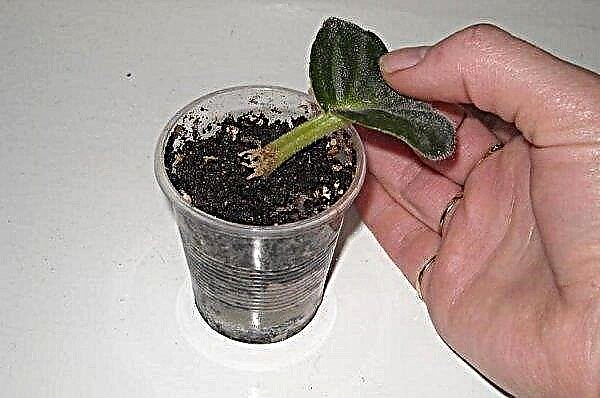Creating a beautiful flowerbed on the site is a whole art. Here you need to provide for a lot of nuances, from the selection of a suitable place to the organization of the original fence. Combining interesting shapes, plants and materials, you can realize intricate patterns and drawings, emphasize the style of landscape design and fill the garden with bright colors.
Features of creating flower beds
Creating a flower garden on a summer cottage from the side seems quite uncomplicated. In fact, in order for the flowerbed to really please the eye with its decorative effect, and the plants in it take root well, you need to know a lot of subtleties. In particular, it is right to choose a place, flower crops, determine the type of flowerbed, and, accordingly, beautifully arrange the fence.
Neighborhood and color selection
In order for the flower bed to look harmonious on the site, it is important to choose the right plants. Shades of colors are selected at their discretion, but observing the general concept of landscape design: these can be plants that will combine in a color palette or, conversely, create contrasting transitions.

Perennials will be the best choice for the basis of the composition, and annual plants will serve as the background, which, if desired, can be changed in a year. Flowers can be planted arbitrarily in groups or according to a specific pattern. In the second case, you must first draw a picture on paper, having thought over the colors and shades, and then transfer the pattern to the flowerbed.
It is important to take into account the requirements of plants for lighting, moisture and soil composition - they must match. There are crops that prefer acidic soils, such as conifers. Only plants with identical preferences can be planted next to them: hydrangea, azalea, frankincense, May lily of the valley and other species.
Important! Plants with similar nutrient requirements quickly deplete the soil, so you need to fertilize more often.
Plot plan
The design of a particular type of flower bed begins with determining the site for it, which largely depends on the size of the house territory, the location of buildings and functional areas. In front of the house, rectangular group plantings, tapeworms will look beautiful, along the paths you can create border flower beds.
In open, spacious areas, mixborders or rockeries are more often decorated. A remote corner of the courtyard can be decorated with a strict, but no less charming regular flowerbed. If the land area in the country is very small, the best solution would be to design vertical, multi-tiered and raised beds, which will save square meters, but will look no less impressive.

It is a completely different matter when a private house territory is large. Here various options are possible: flower beds with ponds, extensive mixborders, compositions with coniferous plants - all this can be placed if the site is properly planned. If there is a relief with slopes, you can arrange an alpine hill or a terraced flowerbed.
Possible mistakes
It is often difficult for beginner gardeners to approach the design of a flowerbed right the first time.
The most common errors are:
- placement of exclusively perennial plants on the flowerbed. Of course, planting perennials simplifies the maintenance of the flower garden, but you need to take into account that these plants will grow over time and after 5 years they will already be crowded. It is better to fill the gaps with annual plants, the amount of which can be regulated annually. At the same time, it is possible to introduce new colors;
- planting one flowering period. In this case, the flower bed will delight the flowering for long. It is better to choose crops with different periods of bud blooming, then the decorativeness of the flower garden will be preserved from spring to late autumn;
- close planting with a lush crown. When placing a seedling on a flower bed, you need to consider how much it grows in adulthood. It happens that branched plants are planted too tightly, over time they begin to interfere with each other and may even die.

DIY flowerbed creation
If you are interested in the question of how to create a flowerbed with your own hands, then you already have a place under the flower garden. Now you need to decide what kind of fencing will be used and how to prepare a soil pillow for planting plants.
The first step is to completely clear the area of debris, including biological (weeds, fallen leaves). Make the outline of the flowerbed. If it will have a rectangular, square shape, you can use pegs as borders. To draw the borders of a circular flower garden, you can use two sticks connected by a rope of such a length that the radius of the flower bed will be. One stick is inserted into the center, and the other - draw a circle on the ground. The flower garden can have any arbitrary shape at your discretion..

The next step - remove the top of the soil to a thickness of about 15 cm, lay the drainage layer of gravel, chipped brick or any other small stone - it will prevent stagnation of water. Next, you need to fill the soil, the standard composition of which includes two parts of the earth and one part of sand and peat. The composition of the soil may include other components (humus, acidifiers, fertilizers), but it depends on what plants you will plant.

Now you can proceed to design the fence. The simplest option, but at the same time, costly, is to buy a ready-made fence made of metal, plastic, etc. Today, a large assortment is provided in stores, from which you can choose designs for both a straight-line installation and a curved design. The most expensive are forged fences made to order.
Did you know? Australian orchid — a plant that multiplies and blooms underground. Only at the end of flowering its buds rise slightly above the ground, turning into fruits.
If you are a creative person or do not have enough funds to purchase a fence, you can do it yourself, using various materials at hand. For example, gardeners often decorate the borders of flower beds with plastic or glass bottles. To do this, a shallow ditch is excavated around the perimeter of the flower garden, with a height of up to half a bottle, after which a container is placed in a dense row, turned upside down. PVC bottles should be pre-filled with sand or earth so that they do not lose their shape.

As an improvised material for the flower garden fence, you can take twigs and branches from sawn wood. The material must be straight or slightly sinuous, but without appendages. The rods are cleaned, dried, treated with impregnation from insects and fungus, if desired - painted, varnished. To design the fence, they are driven into the ground at a distance of 10-15 cm and braided with branches.

The original fence can be made from porcelain plates by simply sticking them into the ground, DVDs. Even a rusty pipe can turn into a stylish curb. To do this, it must be cut into fragments of the same length, driven along the perimeter of the flowerbed, filled in 2/3 with any small material (sand, earth), and the top part should be covered with pebbles or planted small succulent plants.

A small flower garden can be made from old tires. They are installed, painted, covered with the inner empty part with soil, and plants are planted. Now in landscape design you can come across many unexpected ideas when flower arrangements in the garden with old furniture. For example, an old chest of drawers can be turned into a flowerbed by pulling out its drawers and filling them with soil with plants. On this principle, they use bedside tables, chairs, beds and even plumbing.

Design options for flower beds
Depending on the size of the site, its layout, design, you can choose the most suitable type of flowerbed. You need to consider all possible options.
Tiers
In this case, we are talking about the design of a flower garden with plants of different heights, which in the landscape will create tiers. Typically, such plantings are organized on round or rectangular flower beds adjacent to the house or fence. Planting crops is carried out in accordance with how the flowerbed is visible: if only on one side, then high cultures are placed in the background, and if on all, then in the center. Plants can be of different types, not only flowers, but also decorative shrubs, conifers. Also allowed monochrome landing of one species, but of different varieties.

Round
Round flower beds look good in spacious areas. They can be filled with plants according to different principles.. If you want to create the appearance of a longline flower garden, you can place large-sized plants in the center of the composition, and closer to the edges - lower-growing crops. Another option is to make a flowerbed in the form of carpet, planting crops of the same size. But even on a large plot, it is not recommended to make an extensive round flowerbed, since it will be inconvenient to care for it. Optimum size when diameter does not exceed 2 m.

Rectangular
The advantage of the rectangular shape of the flowerbed is that it is easy to care for.. Such flower beds are most often placed along buildings and fences. When planting plants, it is important to take into account their size so that small flowers do not appear in the background, where they are completely lost behind the crown of higher lush crops.

Raised
Raised flower beds are easy to care for, as you do not have to bend to the ground to plant plants or weed the soil. They are being erected on a stone basis, which is able to maintain its shape while supporting the weight of soil with flowers.. This is a good option for areas where the soil has high humidity. Many plants do not tolerate waterlogging, so raising a flower bed in height will create favorable conditions for them.

From conifers
Flower beds from conifers have recently gained considerable popularity.. Plants are able to clean the air well, and planting them gives comfort, turning the site into a small corner of the forest kingdom. Mainly for planting, low species of conifers are used: dwarf spruce, pine, medium and low fir, thuja, juniper. You can plant decorative varieties with different colors of the crown, supplement the flowerbed with flowering perennials and bushes.

With a pond
A flower bed with a small pond looks particularly attractive. It can be a natural reservoir or artificial, made on its own and surrounded by beautiful greenery.. Such compositions, supplemented by rocky paths, can often be found in the design of Japanese gardens, rockeries. Near the water, wooden sculptures, clay vessels, natural materials will harmoniously look. To make the pond visible even in the evening, the backlight is installed: lamps mounted in stones, small lanterns on the leg.
Near a small pond you need to plant undersized plantssince the big ones will completely close it. You can plant saxifrage, dwarf iris, fern. Coniferous crops (juniper, dwarf thuja) are a little in the distance. Shrubs with white flowers will give additional illumination to the pond even on a cloudy day.

Regular
The peculiarity of a regular flowerbed is that plants that bloom in one period are placed on it. Wherein crops are planted in compliance with the clarity of forms, symmetry and rigor of the picture. At summer residents, such flower beds are not popular. Basically, they can be found in city parks.

Irregular
Unlike the previous ones, irregular flower beds are loved by gardeners. Here perennial flowering plants are planted that will bloom all season. Such a flower garden will look easier and more natural.

Carpet
This type of flower beds can often be found in the front areas of city parks. is he involves drawing from flowers a simple or intricate pattern. The flower garden can be arranged in a small suburban area. To do this, use undersized plants of the same height so that the picture is even. Florists often use ground cover crops that maintain decorativeness throughout the season. In this case, the patterns are very complex, repeating the drawings of real carpets.

Vertical
Vertical flowerbed - ideal for small areas. This design allows you to arrange a lush flower garden with different plants, without taking up much space. Its design implies the principle of the pyramid: the following lower ones are installed on the large lower tiers, decreasing in width. The shape of the flower bed can be any.
House craftsmen make a simple construction of the boards: knock down several wooden boxes of different sizes and install on top of each other. Old tires laid in a pyramid can also be used. Miniature vertical flower beds are made in the form of shelves fastened in one structure adjacent to the wall of a building or fence.

Roundabout
A ring is called a flowerbed that encircles an object of the landscape: a tree, a beautiful vase of flowers, a sculpture, etc. Tall plants are planted along the inner radius, and low ones are planted on the outside.

Island
This view involves placing a flower garden in the center of a green lawn in an open area. Thus, green grass will create a background for a motley island of flowers.

Panel
This solution is often used in urban landscaping. The flowerbed combines elements of a regular flowerbed and carpet. At the same time, the flower garden is decorated with various floral images (portraits, etc.). In addition to flowering, plants with decorative foliage can be used.

Chameleon
A feature of the chameleon flowerbed is the selection of plants so that they bloom alternately in different tones. To make such a flower garden, you need to study the timing of flowering of your favorite plants and the time when they need to be planted.

Monoclumba
The peculiarity of a monoclomb is to use only one type of plant, but you can plant different varieties. The flower garden can have any shape and size. Alissums of white, golden and pink colors, salvia or cineraria look good here.

Border
A flowerbed-border is a flower fence, the standard width of which does not exceed 60 cm. For planting, you can use decorative dwarf shrubs or flowers that combine with each other. Often use longitudinal or transverse symmetry. It is better to arrange flowers in two rows so that there are no gaps.

Mixborder
In landscape design, mixborders occupy a leading position, as they fit into any style. They are created from perennial green and flowering plants, planted in a chaotic manner. It is advisable that the flowerbed contains representatives of flowers whose buds open at different times of the season. Perennial grass varieties and coniferous shrubs that will decorate the mixborder in winter will not interfere here.

Rabatka
Such a flower bed is characterized by a narrow long shape. Permissible width should not exceed 3 m, and the length can be arbitrary. Usually such flowerbeds adorn territories along decorative fences and fences.
Did you know? The word "discount" in translation from German means "bed". In Germany, vegetable beds were previously grown on flower beds of this form.
There must be strict geometric lines, the number of which depends on the size of the flower garden. In the simplest version, there may be 2 stripes of flowers. In more complex variants, the chessboard placement of plants, the alternation of crops in width, are used.

Rockery
Using the design of the rockery, you can significantly diversify the site, make it unique. The basis of the composition is stones and plants of various sizes. Stone blocks are set arbitrarily. In the center of the flowerbed, tall plants are planted, closer to the edge - undersized. Coniferous crops in the neighborhood with perennials and ground cover will look good here. Powder from gravel or pebble crumbs will complement the picture.

Types of fences
The design of the fence is of no small importance, since it can transform the flower garden at times. In addition, it can perform different functions: not only to indicate the boundaries of the flower garden, but also to separate garden paths, certain areas of the garden. The height and choice of material depends on this. If you need to make a decorative fence flower beds, often set low (up to 10 cm) fences made of plastic, wood, brick. To decorate the garden fence, higher and more durable metal structures up to about 30 cm are suitable. To decorate a raised flower bed, a stone is often used that can withstand the weight of the soil and maintain the shape of the flower garden.
Made of cameos
It is difficult to argue that fences made of stones have the most presentable appearance. In addition, such designs become the best solution for flower beds located on uneven areas. With their help, you can level the height, raise the flower garden to a height. The stones fit perfectly into the design of the rockeries and alpine slides, with their help create terraced flower beds. For the construction, natural (limestone, tuff, sandstone, etc.), rubble and artificial stone, brick, and even paving slabs are most often used.
Important! When decorating the fence of a flower bed from granite, remember that the material oxidizes over time, so it is important to choose the right plants.
Of the stones, you can make dry masonry, without using a bonding solution, or fix the building using clay, cement composition. The second option is considered more durable and reliable, it is necessary when laying stones of different sizes, as well as high designs.
Another variety of flower beds made of stone - gabions. Such structures are metal grids, from which two walls are installed, and the space between them is filled with stones. The fence looks stylish and modern, often used for the construction of raised flower beds.

Wooden
Wood is a cozy warm material that looks natural on a garden plot. For plants, it does not carry any danger, since it does not heat up and does not oxidize. In addition, the tree is easy to process, with certain skills you can build the most bizarre designs, decorate them with carvings or paint in the desired color.
The only drawback is the fragility. Subjected to constantly negative external factors such as precipitation, wind gusts, soil moisture, the structure of the material gradually deteriorates. Even when using special impregnation and paint coatings, wood will not last as long as metal or plastic. But on the other hand, flowerbeds have not been designed for decades. After some time, you will want to change the design of the site, so this drawback is not so significant.
Wooden fencing can have different interpretations - it all depends on the concept of landscape design and your imagination. If the garden is decorated in a rustic style, you can install around the flowerbed an unpainted low fence, a stockade or an elementary border made of pegs. Fence, perhaps the most popular type of fence. To make it more original, you can decorate it with carved elements. Today, mosaic laid out of saw cuts, as well as borders from wood chocks, are quite popular.

Plastic
Plastic attracts primarily for its low cost. Besides, the material has good performance characteristics - it is not subject to the negative influence of weather conditions, does not rust, does not melt at high temperatures. In addition, this material is best suited if you want to make a deep fence that will impede the underground development of roots outside the flower garden. Today on sale there are a lot of design options for plastic fences, among which you can choose designs that imitate wood, stone or brickwork. Such fences are easy to install with your own hands, as often they are already equipped with cast pegs that you just need to stick into the ground.
To design a flowerbed of a non-standard shape, you can purchase a plastic border tape sold in rolls.. It can be a simple smooth version of any color or imitating natural materials. A fine addition to such a fence will be a small stone or wood bark, scattered around the perimeter.

Metal
Metal fences look stylish and have high durability. They are made of iron and cast iron. It can be simple welded structures, for example, from pipes of different sections and diameters. Gracefully forged designs, especially those made on an individual project, when the customer can independently choose the sketch and size of the fence. In the summer, forged fences emphasize the elegance of the flowerbed, serve as a support for climbing plants. In winter, amid snow-covered flower beds, they add amazing beauty to the site.
Iron goes well with other materials. Often it is used together with stone and brick. The disadvantage of the design can be called its susceptibility to the negative effects of moisture, as a result of which the design may rust. To prevent this from happening, you need to periodically (every two years) treat it with an anti-corrosion compound and paint.

Concrete
The main plus of concrete structures is strength. The material is not subject to aging and deformation, unless, of course, the technology of its production is fully sustained. Concrete structures will not allow the soil to crumble, strengthen the flower garden. You can purchase a molded garden curb, which consists of individual small blocks with a pointed base. Fragments are easy to install by hammering into the ground with a rubber mallet.
Not only fences for lush flower beds can be made of concrete, but also, actually, mini-beds in the form of bowls, barrels and other shapes, which are then installed along garden paths or decorate the main entrance to the site.

The design of the flowerbed on the site is a very entertaining process, which allows you to significantly transform the landscape design using your own imagination. Adhere to the tips given in the article, so that the desired lush flower garden is in complete harmony with the surrounding territory and delighted with its decorativeness for a long time.

